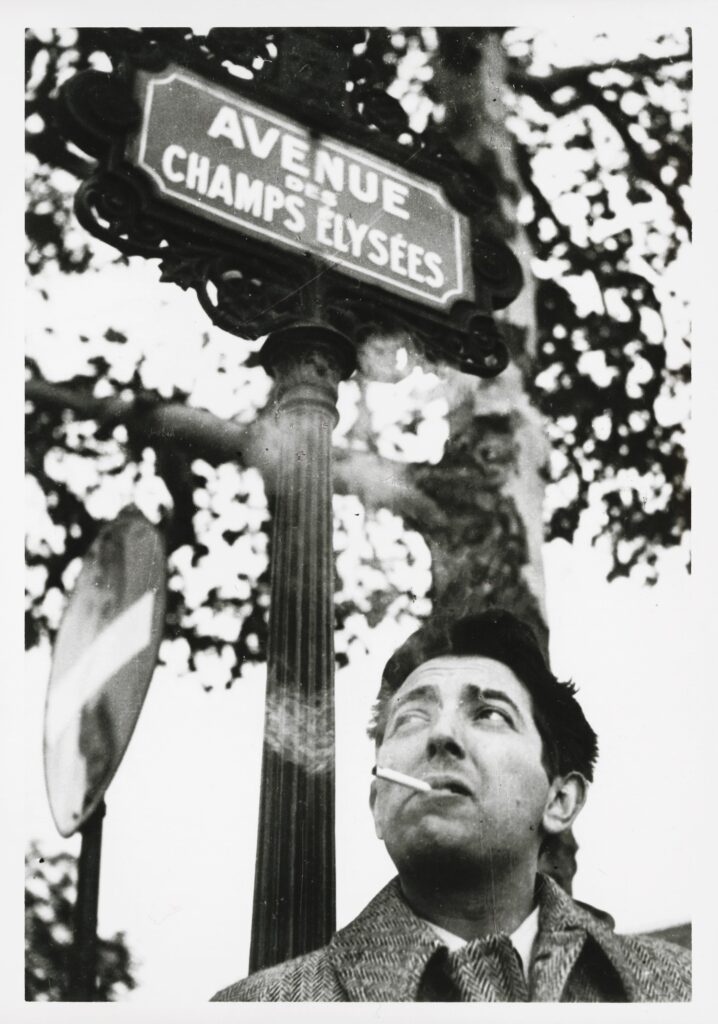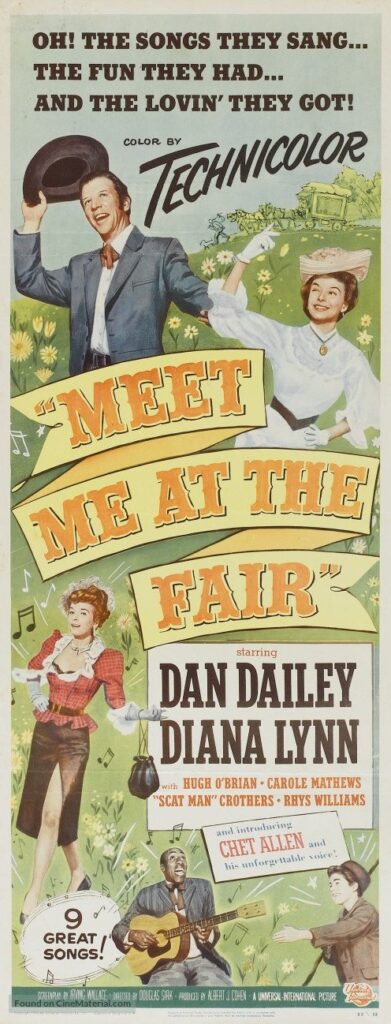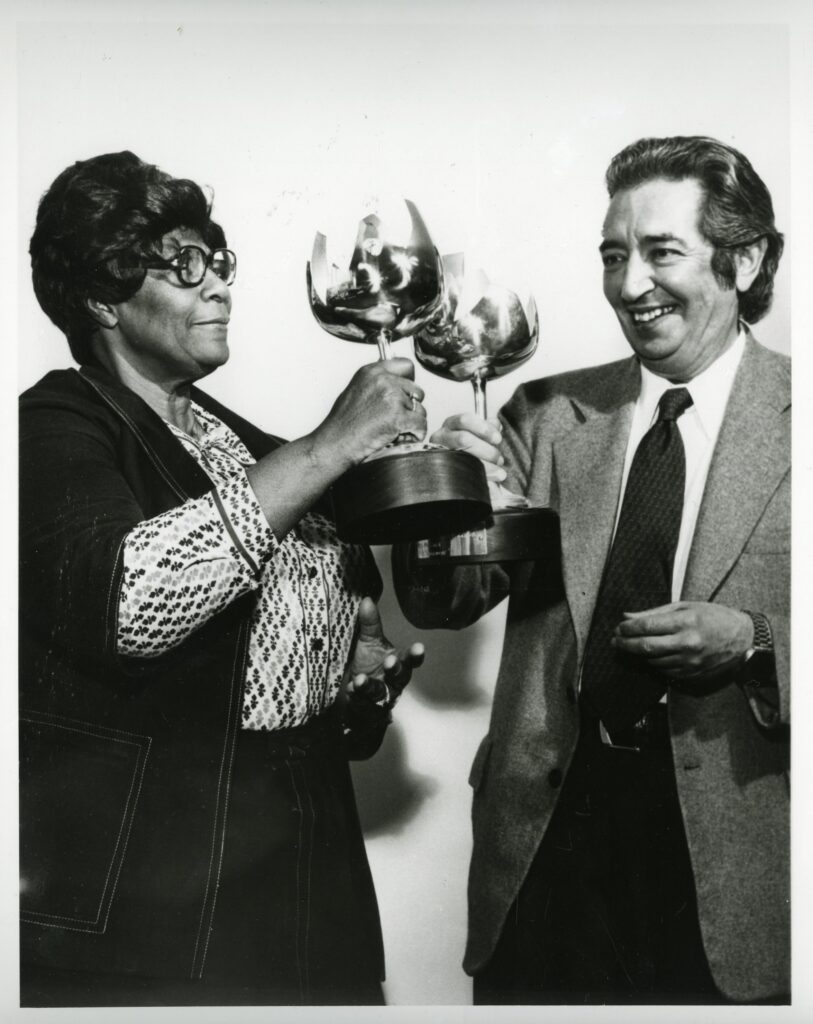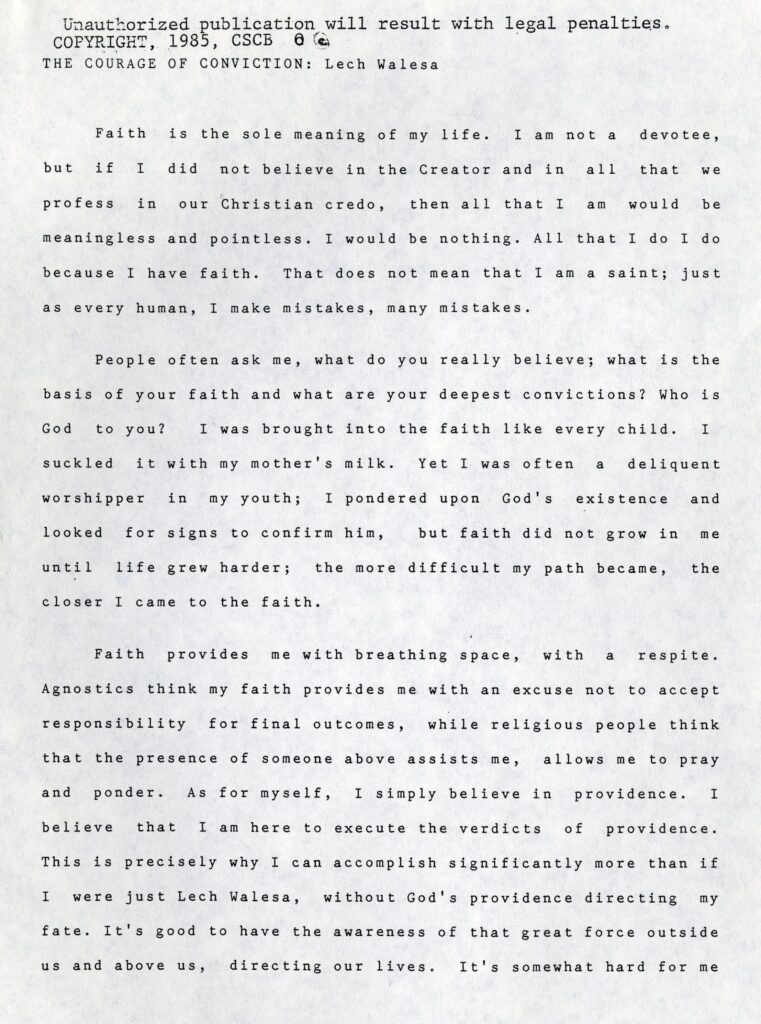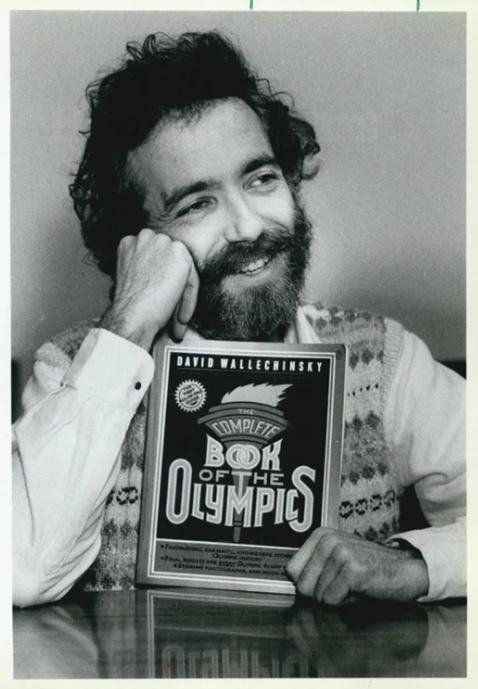The CCEPS program has provided collaboration on an analog and digital project here at Special Collections. The opportunity to process, arrange, and describe the Irving Wallace papers has exponentially developed my archival skills—the day-to-day of archives, the detailed problem solving, the visual and strategic organization, the ins-and-outs of archival standards, and the methodology and creativity of working with records.
From beginning at box #42 to currently working on box #128, this collection and I have undergone a transformation. Through the CCEPS program, I have developed insight into the best practices of archives and engaging with complex archival capabilities. You will find me in the archives, looking forward to learning, asking more questions, and looking for more history to uncover.
Until then, Chelsea Fox
